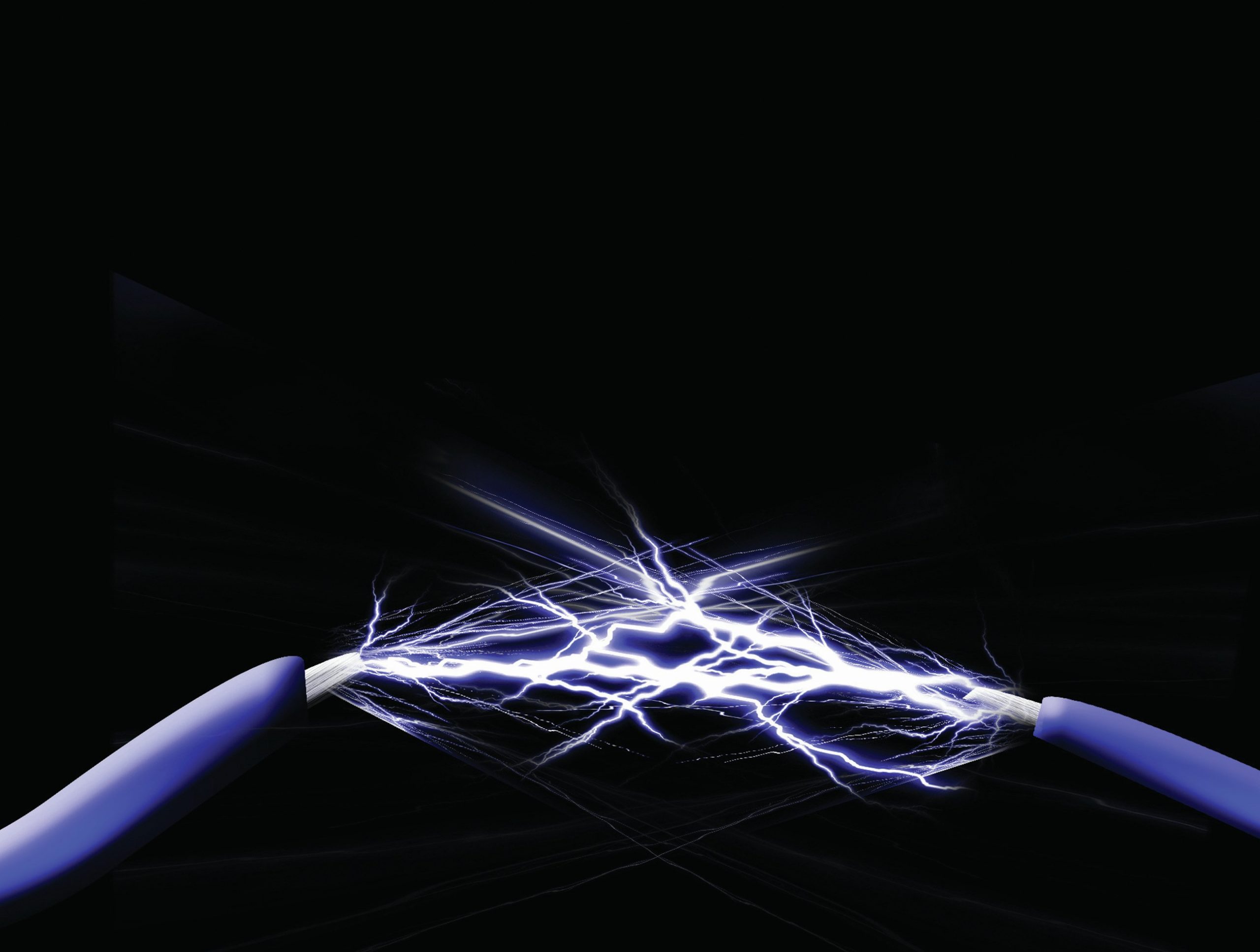
Ring circuits are widely used in UK domestic wiring. Thinking about current and resistance in circuits and the behaviour of resistors in combination helps explain why. Further insight can be gained by seeing how a cable’s resistance is related to its dimensions and to resistivity.
If you look over the shoulder of the electrician replacing a 13A power socket in the UK (Figure 1), or if you are wiring a new one at home, you are likely to see twice as many wires behind it as you would think. This is because they are connected in an unexpected way, a way that few other countries use. You would expect to see a simple arrangement, called a ‘radial circuit’ (Figure 2a), connecting the wall socket to the consumer unit. Incidentally, your grandparents are likely to call this unit the ‘fusebox’, but the consumer unit is likely to be more sophisticated than that (see ‘Safety first’, PHYSICS REVIEW Vol. 19, No. 1).
Your organisation does not have access to this article.
Sign up today to give your students the edge they need to achieve their best grades with subject expertise
Subscribe




